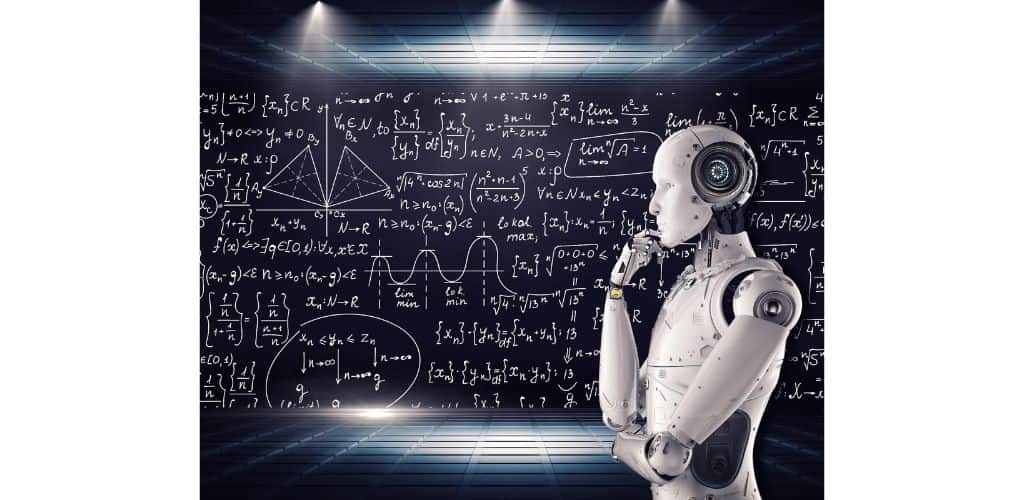The Federal Circuit has found four patents directed to machine learning to be unpatentable because they’re directed to the abstract idea of using a generic machine learning technique in a particular environment.
The case is RECENTIVE ANALYTICS, INC. v. FOX CORP.
In 2022, Recentive sued Fox, alleging infringement of the four patents. Fox moved to dismiss for failure to state a claim on the ground that the patents are ineligible under 35 U.S. Code § 101, which governs patentability.
As the court explains,
This case presents the question of patent eligibility of four patents directed to the use of machine learning. The patents claim the use of machine learning for the generation of network maps and schedules for television broadcasts and live events.
The patents at issue
purport to solve problems confronting the entertainment industry and television broadcasters: how to optimize the scheduling of live events and how to optimize “network maps,” which determine the programs or content displayed by a broadcaster’s channels within certain geographic markets at particular times.
The patents fall into two groups that the parties call the “Machine Learning Training” patents and the “Network Map” patents.
The ‘367 and ‘960 patents are the “Machine Learning Training” patents, and both are titled “Systems and Methods for Determining Event Schedules.”
Claim 1 of the ‘367 patent recites a method containing:
- a collecting step (receiving event parameters and target features);
- an iterative training step for the machine learning model (identifying relationships within the data);
- an output step (generating an optimized schedule); and
- an updating step (detecting changes to the data inputs and iteratively generating new, further optimized schedules).
The specification teaches that the machine learning model may be “trained using a set of training data,” which can include “historical data from previous live events or series of live events.” That historical data may include prior event dates, venue locations, and ticket sales.
Recentive acknowledged that “the concept of preparing network maps[] [had] existed for a long time,” and that prior to computers, “networks were preparing these network maps with human beings.”
Recentive recognized that “the patents do not claim the machine learning technique itself,” but instead “claim[] the application of the machine learning technique to the specific context[s]” of event scheduling and network map creation.”
Recentive asserted that its patents claim eligible subject matter because they involve
the unique application of machine learning to generate customized algorithms, based on training the machine learning model, that can then be used to automatically create . . . event schedules that are updated in real-time.
The district court had found that the asserted claims were “directed to the abstract ideas of producing network maps and event schedules, respectively, using known generic mathematical techniques.”
The district court also found that the claims were not directed to an “inventive concept” that would “amount[] to significantly more than a patent upon the [ineligible concept] itself.”
The Federal Circuit noted that under § 101 an invention is patent eligible if it claims a “new and useful process, machine, manufacture, or composition of matter.”
Said the court,
This case presents a question of first impression: whether claims that do no more than apply established methods of machine learning to a new data environment are patent eligible. We hold that they are not.
The court found no merit to Recentive’s argument that its patents are eligible because they apply machine learning to this new field of use.
Said the court,
We have long recognized that “[a]n abstract idea does not become nonabstract by limiting the invention to a particular field of use or technological environment.”
Also, said the court,
the claimed methods are not rendered patent eligible by the fact that (using existing machine learning technology) they perform a task previously undertaken by humans with greater speed and efficiency than could previously be achieved. We have consistently held, in the context of computer-assisted methods, that such claims are not made patent eligible under § 101 simply because they speed up human activity.
Just like the haiku above, we like to keep our posts short and sweet. Hopefully, you found this bite-sized information helpful. If you would like more information, please do not hesitate to contact us here: https://aeonlaw.com/contact-us/.


